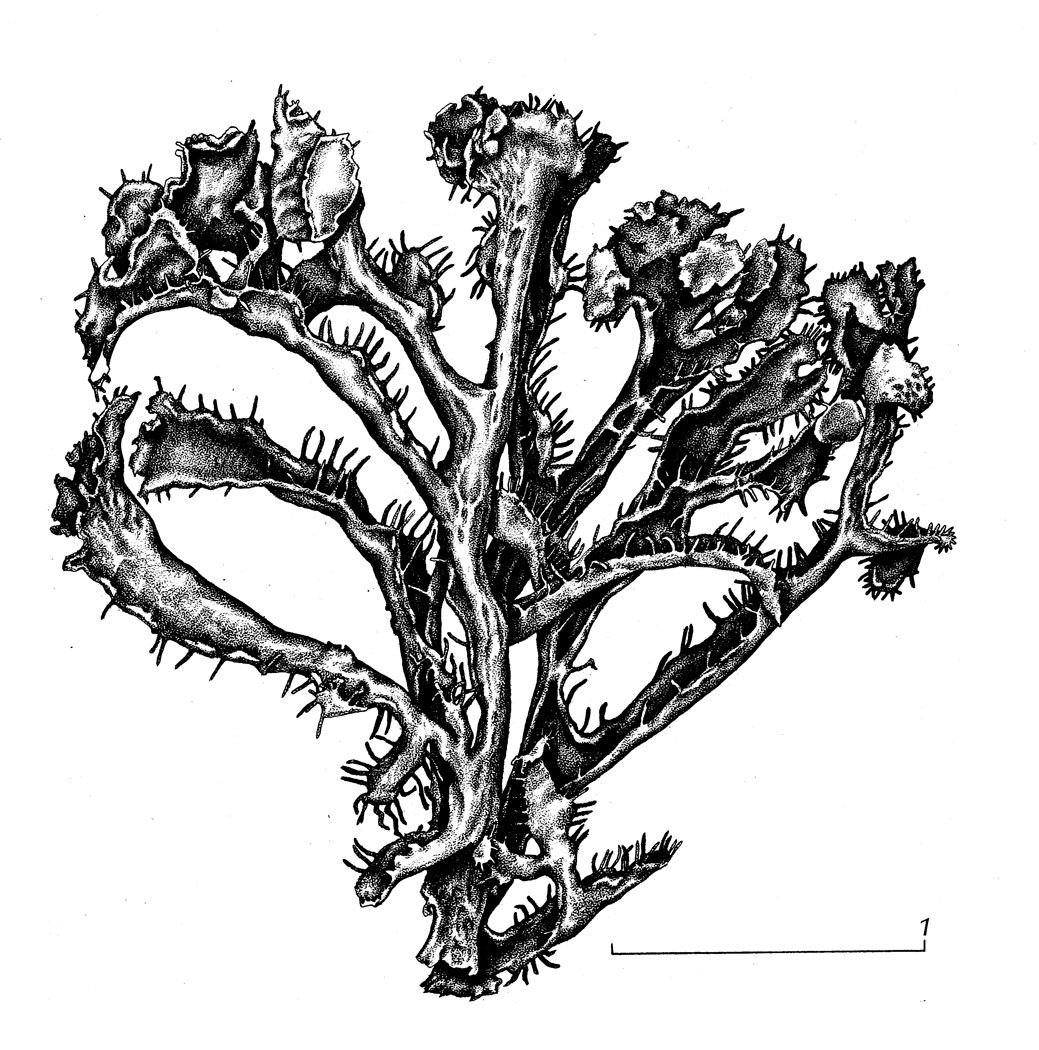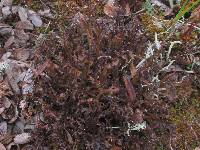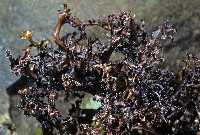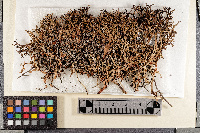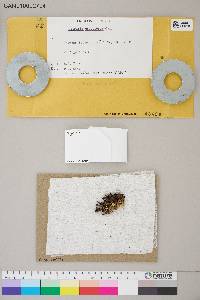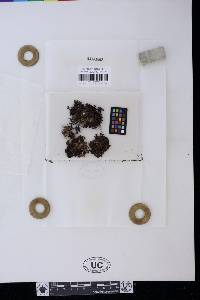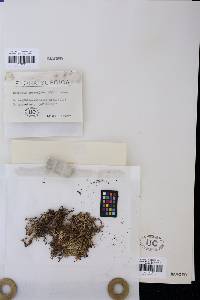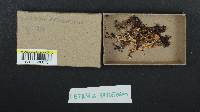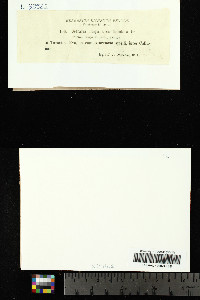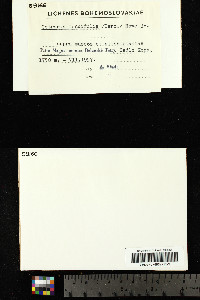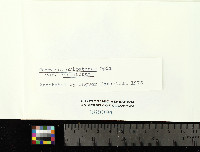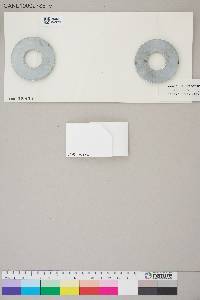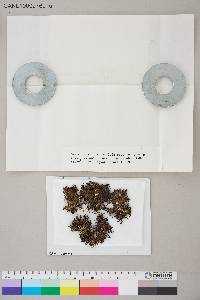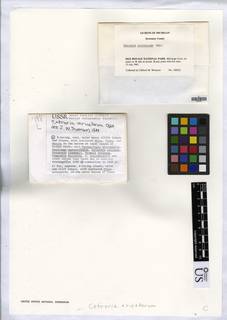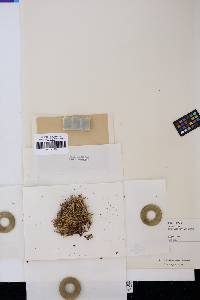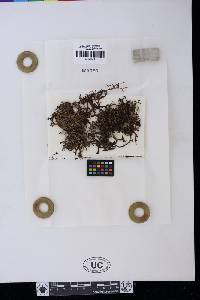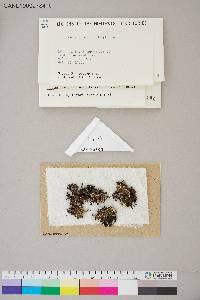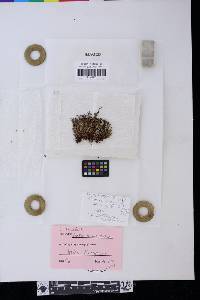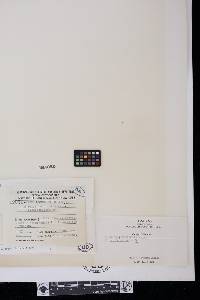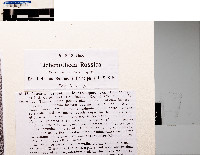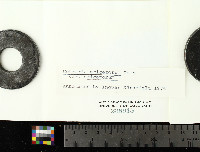
Consortium of Lichen Herbaria
- building a Global Consortium of Bryophytes and Lichens as keystones of cryptobiotic communities -
- Home
- Search
- Images
- Species Checklists
- US States: O-Z >
- US National Parks
- Central America
- South America
- US National Parks
- Southern Subpolar Region
|
|
|
|
Family: Parmeliaceae
[Cetraria crispa (Ach.) Nyl., moreCetraria crispa f. crispa (Ach.) Nyl., Cetraria crispa f. inermis Nyl., Cetraria crispa f. minor (Grognot) M. Lamb, Cetraria crispa f. subtubulosa Fr. ex Nyl., Cetraria crispa var. crispa (Ach.) Nyl., Cetraria crispa var. japonica Asahina ex M. Sat, Cetraria crispa var. maculata (Vain.) Degel., Cetraria crispa var. prorumpens (Hillmann) Grummann, Cetraria crispa var. subnigricans Nyl., Cetraria crispa var. tenuifolia (Retz.) Degel., Cetraria islandica subsp. crispa (Ach.) Cromb., Cetraria islandica var. crispa Ach., Cetraria islandica var. tenuifolia (Retz.) Vain., Cetraria tenuifolia f. minor (Grognot) Hillmann, Cetraria tenuifolia f. pustulata (Schaer.) Hillmann] |
Nash, T.H., Ryan, B.D., Gries, C., Bungartz, F., (eds.) 2002. Lichen Flora of the Greater Sonoran Desert Region. Vol 1. Thallus: fruticose lobes: ± canaliculate, subtubular or terete, c. 0.5-8.0 mm broad; lobe tips: occasionally becoming expanded, rounded to fusiform; margins: with scattered, branched or unbranched projections surface: dark brown to paler brown, occasionally reddish at base, rather smooth to rough, occasionally markedly foveolate or wrinkled, rather shiny or dull; soredia: absent; pseudocyphellae: rather abundant on the margins medulla: white, loosely packed lower surface: dull, medium brown to light brown with pale reddish basal parts or with dark brown upper parts and grayish or pale brown middle parts; usually with prominent reticulate ridges; pseudocyphellae: confined to the margins Apothecia: rather frequent, often on expanded lobe portions; disc: imperforate, dark olivaceous brown; exciple: hyaline; epithecium: brown or brownish yellow; hypothecium: hyaline asci: clavate, c. 8-spored ascospores: simple, hyaline, ellipsoid to broadly ellipsoid, 5-9 x 2.5-4 µm Pycnidia: laminal or marginal, immersed or emergent sessile conidia: citriform, 6-7.5 x 1 µm Spot tests: cortex and medulla K-, C-, KC- and P- Secondary metabolites: lichesterinic and protolichesterinic acids. Substrate: on soil and moss, or rarely on bark or wood World distribution: occurring in temperate/boreal areas of western North America from low altitudes to alpine areas and at high altitudes Sonoran distribution: limited to upper subapline and alpine areas of Arizona. Notes: Cetraria ericetorum is distinguished from C. islandica (incorrectly reported from Arizona by Imshaug, [1957] and Nash and Johnson [1975]) by having a consistently P- medulla, and by the pseudocyphellae being strictly marginal and sometimes indistinct or absent. Cetraria ericetorum ssp. reticulata belongs within the C. ericetorum complex comprising three mainly geographical races. Subspecies. reticulata basically comprises the subspecies occurring in North America. The closest allied species to C. ericetorum is presumably C. arenaria, centered around the Great Lakes and extending towards northeastern North America, from which it differs in more narrow lobes, more blunt marginal projections and having a more alpine habitat ecology. |
Powered by Symbiota

